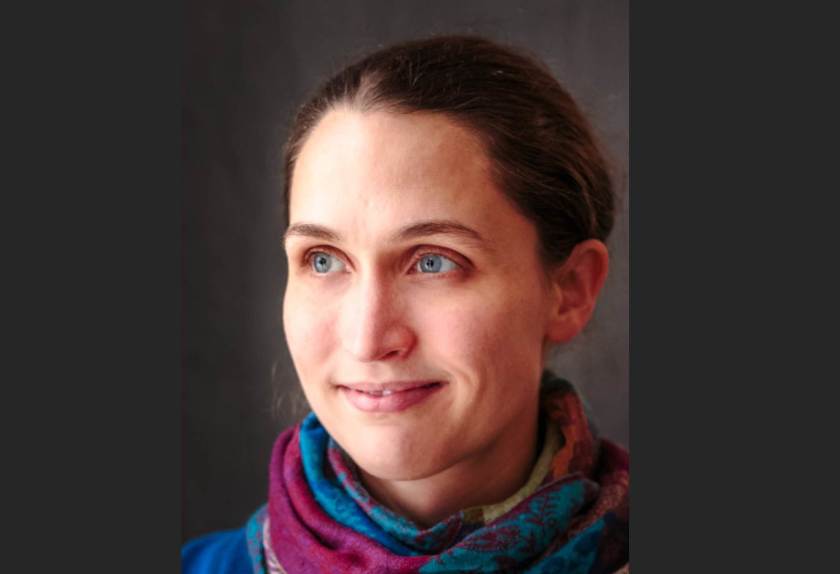Young investigator group at HZB: Scaling perovskite cells

Dr. Eva Unger leads the Young Investigator Group Hy-Per-FORME. © privat
The new Young Investigator Group Hy-Per-FORME led by Dr. Eva Unger is working on scaling all processing steps to enable manufacturing of perovskite solar cells on larger areas, thus brigding he gap between lab and industry.
Dr. Eva Unger is starting a Young Investigator Group (YIG) at HZB, co-financed by the Federal Ministry for Education and Science (BMBF). The activities of the Unger group will be an important contribution within the newly-founded HySPRINT Innovation lab aiming at the realization of large-area, stable and efficient hybrid tandem device technology based on a combination of established silicon photovoltaic technology and emerging perovskite semiconductor devices.
To achieve this goal, developing and optimizing scalable deposition methods for the recently evolved hybrid perovskite semiconductors is one of the key aspects. The YIG of Unger therefore focusses on the formation and scaling the deposition of hybrid perovskite semiconductors using slot-die coating and ink-jet printing as a solution-based processing technology.
Originally from Germany, Eva Unger did her PhD at Uppsala University, Sweden and carried out postdoctoral work at Stanford University and Lund University through a stipend from the swedish Marcus and Amalia Wallenberg Foundation. Prior to starting the YIG, she has been working as a visiting researcher at Helmholtz Center Berlin funded by an International Career Grant co-funded by the Swedish Research Council and Marie-Skłodowska-Curie Actions. She will be co-affiliated with Lund University, Sweden and aims to strengthen cooperations with Lund University, Vrije Universiteit Amsterdam and the Universities in Berlin and Brandenburg.
red.
https://www.helmholtz-berlin.de/pubbin/news_seite?nid=14634;sprache=en
- Copy link
-
The twisted nanotubes that tell a story
In collaboration with scientists in Germany, EPFL researchers have demonstrated that the spiral geometry of tiny, twisted magnetic tubes can be leveraged to transmit data based on quasiparticles called magnons, rather than electrons.
-
Bright prospects for tin perovskite solar cells
Perovskite solar cells are widely regarded as the next generation photovoltaic technology. However, they are not yet stable enough in the long term for widespread commercial use. One reason for this is migrating ions, which cause degradation of the semiconducting material over time. A team from HZB and the University of Potsdam has now investigated the ion density in four different, widely used perovskite compounds and discovered significant differences. Tin perovskite semiconductors produced with an alternative solvent had a particular low ion density — only one tenth that of lead perovskite semiconductors. This suggests that tin-based perovskites could be used to make solar cells that are not only really environmentally friendly but also very stable.
-
Synchrotron radiation sources: toolboxes for quantum technologies
Synchrotron radiation sources generate highly brilliant light pulses, ranging from infrared to hard X-rays, which can be used to gain deep insights into complex materials. An international team has now published an overview on synchrotron methods for the further development of quantum materials and technologies in the journal Advanced Functional Materials: Using concrete examples, they show how these unique tools can help to unlock the potential of quantum technologies such as quantum computing, overcome production barriers and pave the way for future breakthroughs.
